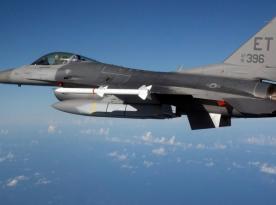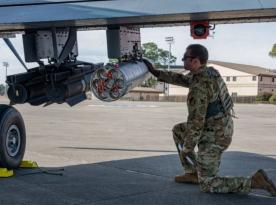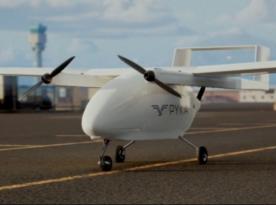Anduril's demonstration of its augmented reality headset solution EagleEye once again proved that new, ambitious defense tech companies can solve complex challenges faster and more effectively than traditional giants.
The Pentagon first assigned the task of creating such smart glasses to Microsoft back in 2019. The company based its design on commercial HoloLens devices and developed the IVAS (Integrated Visual Augmentation System), which quickly ran into a series of technical issues and delivery delays.
Read more: Air Defense Nightmare: New $150K Ragnarok Cruise Missile — 900 km Range, Designed to Overwhelm and Bankrupt Enemy SAMs
Despite several iterations and software updates, Microsoft failed to deliver the desired results. In September 2024, the company entered a collaboration with Anduril, and by April 2025, it handed over full development responsibilities, retaining only the task of producing the final units.
Then, in May, Anduril announced a partnership with Meta (formerly Facebook) to co-develop the system. The Pentagon’s program was officially renamed Soldier-Borne Mission Command (SBMC).
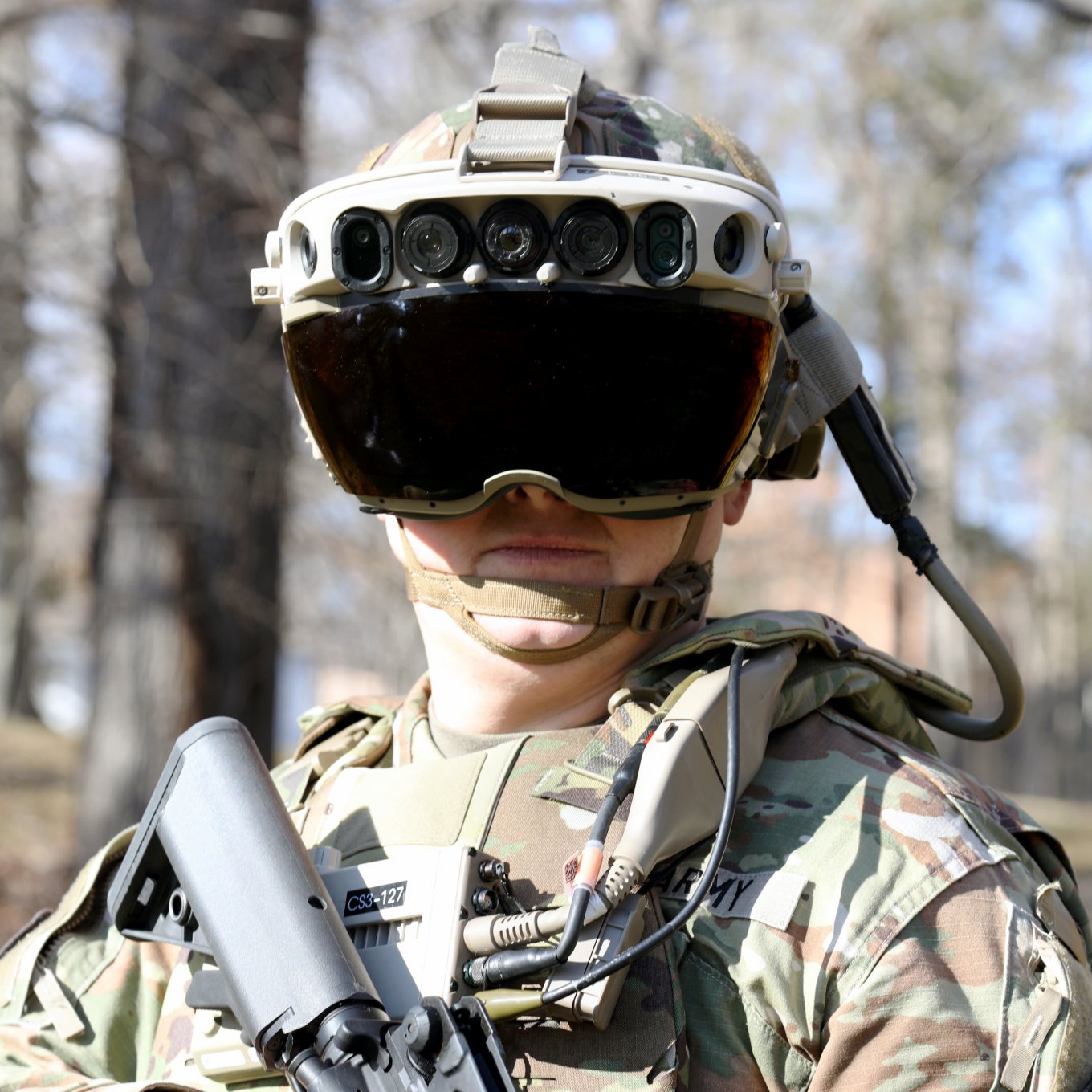
Meta's role is clear to replace Microsoft’s bulky HoloLens with lightweight Meta Smart Glasses designed in the form factor of regular eyewear.
Anduril has now announced the results of its independent research and development of its own device, called EagleEye. The company emphasizes that the system is built from scratch but developed in cooperation with a number of partners Meta is only one among OSI, Qualcomm Technologies, Inc., and Gentex Corporation. Microsoft is not mentioned at all.
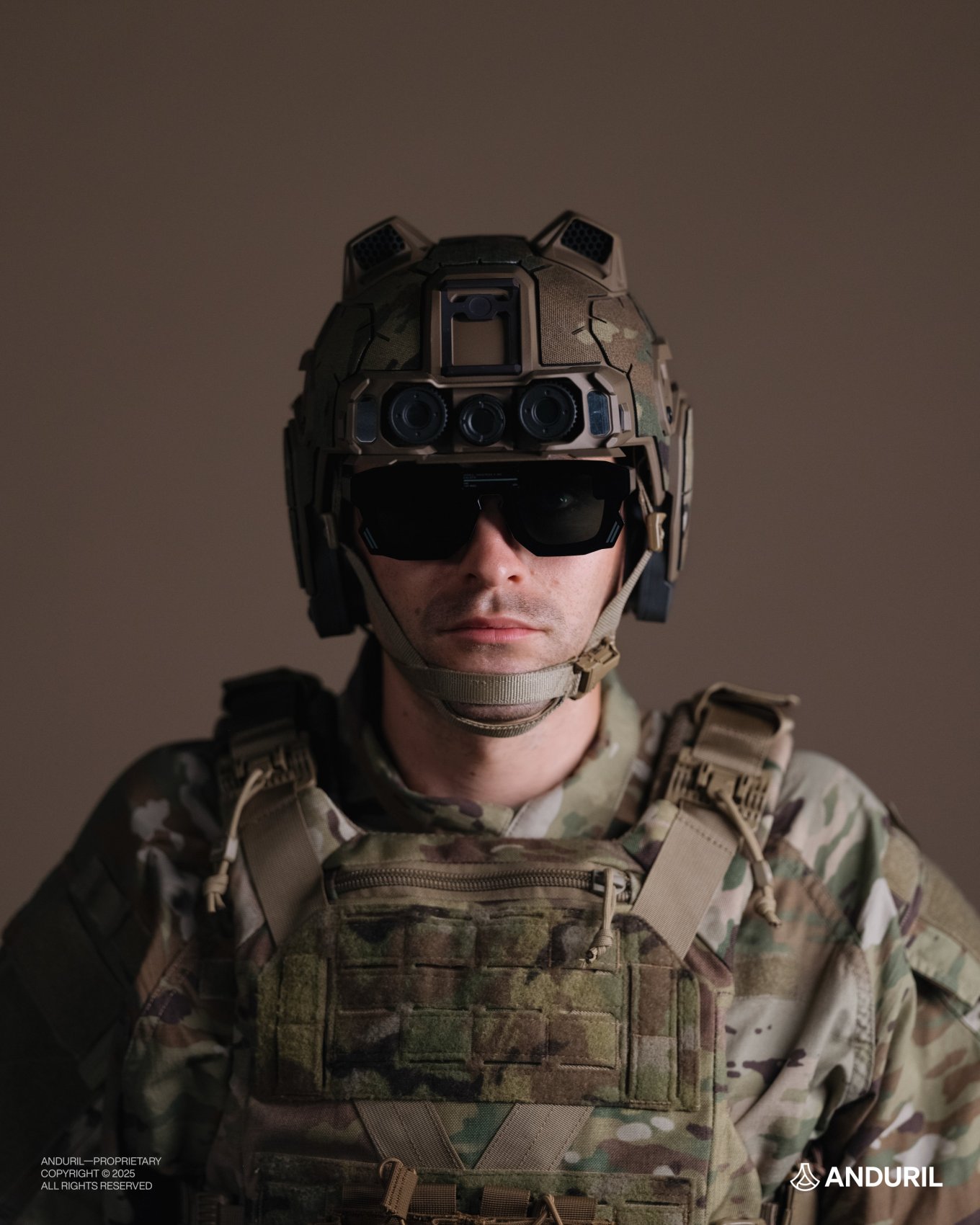
EagleEye already looks much closer to something that can be practical. At minimum, it replaces a bulky mask with glasses and eliminates dangling cables that easily snag.
Anduril also unveiled the EagleEye interface, which strongly resembles a computer game. In familiar gamer locations it shows a minimap, compass, menu selector, a dedicated window for drone feed, and beyond any gaming trappings a real, heavy-duty AI that highlights friendlies and foes.
A new day scenario video shows an even cleaner UI with a neat rear-view mirror feature and another gamer-friendly function marking points of interest.
Eyes in the back of your helmet.EagleEye heightens survivability with beyond-full-cut ballistic protection and blast wave mitigation in an ultra lightweight shell. Rear and flank-view sensors expand awareness without distraction. Spatial audio and RF detection add layers of… pic.twitter.com/VZrDGot0oM— Anduril Industries (@anduriltech) October 14, 2025
Behind the scenes sits a huge suite of systems and integrated solutions and, more broadly, the entire C4ISR architecture: command, control, communications and intelligence. Thanks to this, every individual soldier can be linked into a single combat information network that runs from a private on the battlefield up to a command center at the Pentagon.
It's worth remembering that the Pentagons augmented-reality eyewear initiative is valued at $22 billion. That is why Anduril is prepared to fight aggressively for the contract and to offer a single-vendor solution.
Read more: Experience of Ukraine's International Legions in Using Smoothbore Rifles on Modern Battlefield





